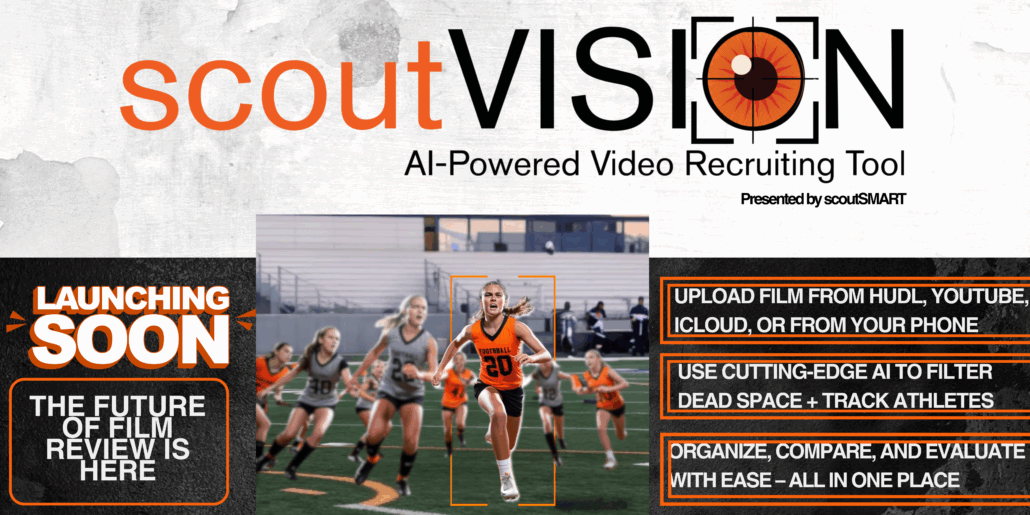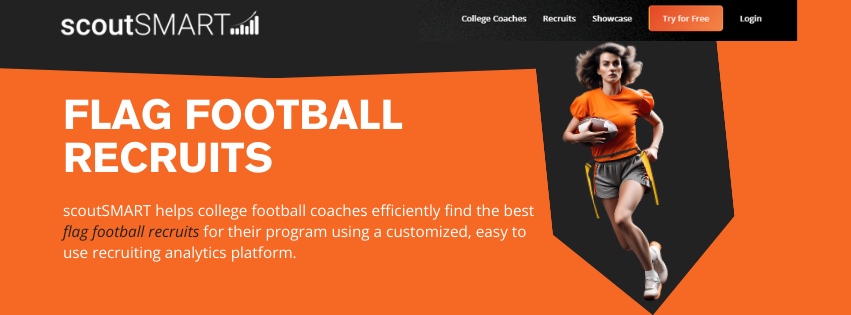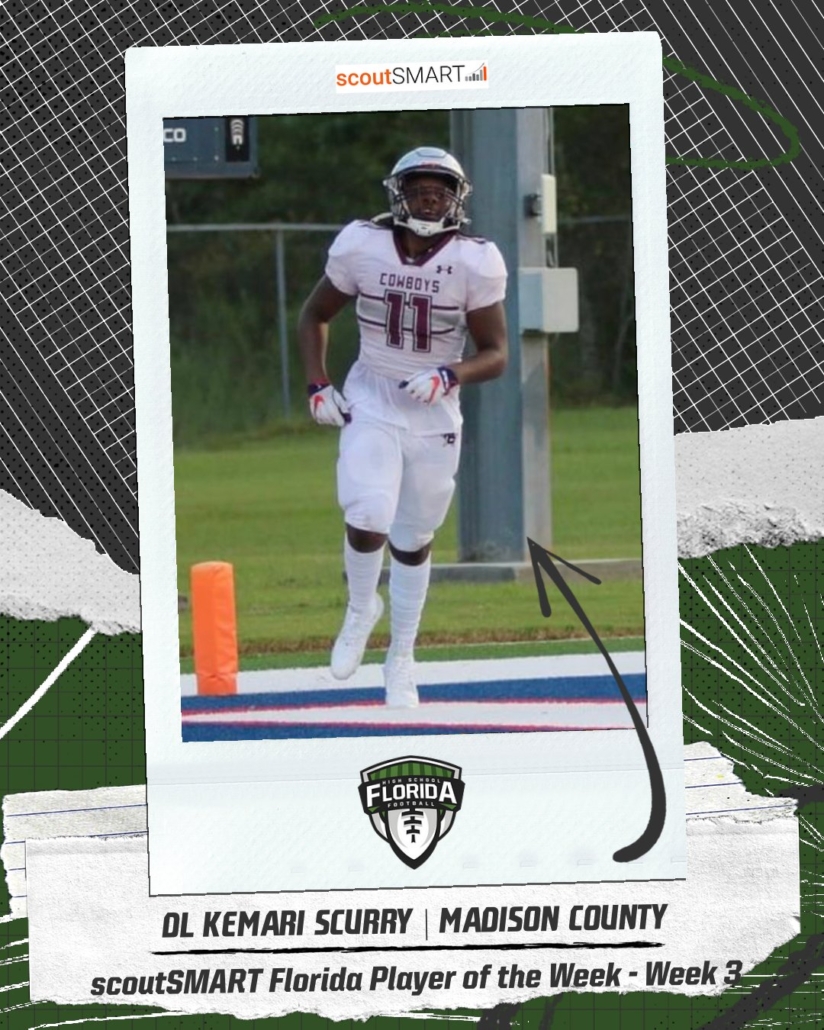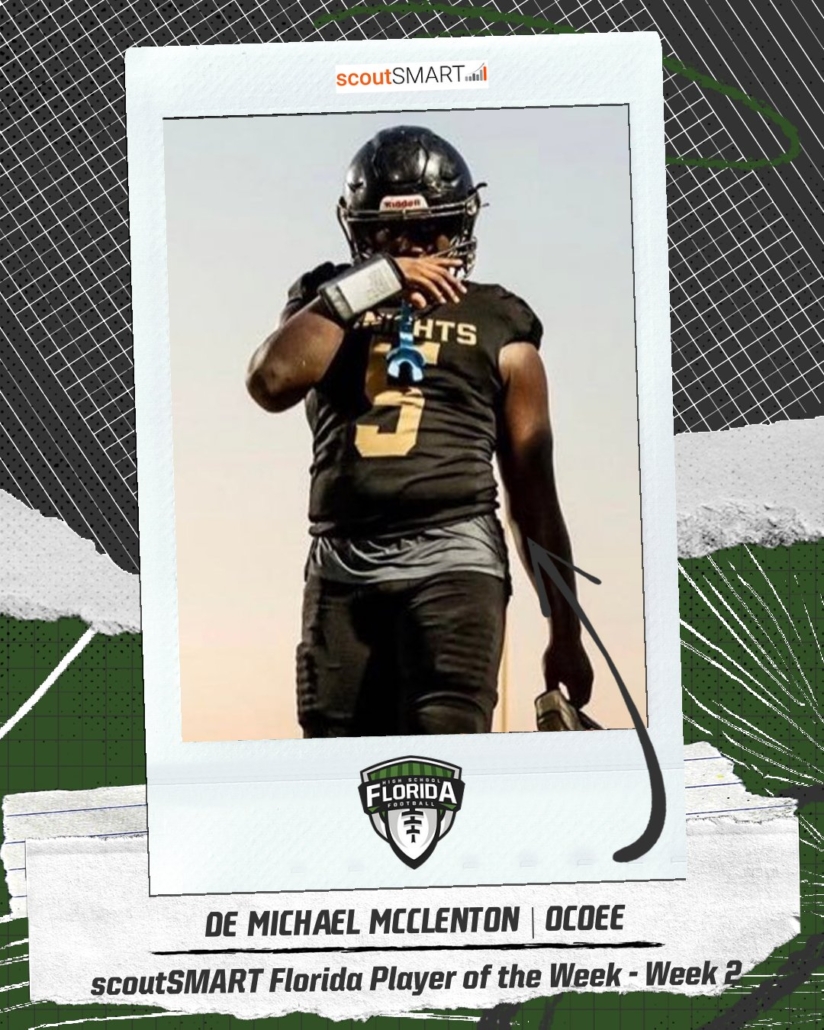
October is more than football season, it’s Breast Cancer Awareness Month; a time to honor fighters, survivors, and those we’ve lost. At scoutSMART, we’re proud to launch a campaign that connects our mission of athlete empowerment with a cause that touches so many lives.
During October, scoutSMART athletes can raise awareness and funds for the National Breast Cancer Foundation (NBCF). For each profile shared, scoutSMART will donate $10 to NBCF. It’s a simple action with meaningful impact. It unites athletes, fans, and communities in the fight against breast cancer.
Why NBCF?
The National Breast Cancer Foundation is one of the most respected organizations in the fight against breast cancer. Their work touches countless lives every year and focuses on practical support, education, and research. Key programs include:
- Providing free mammograms and early detection services to underserved communities. Early detection saves lives. NBCF ensures that women who might not otherwise receive screenings have access to this critical care.
- Offering support programs for patients and families navigating treatment. NBCF provides emotional support and guidance through the medical system. This helps families navigate a breast cancer diagnosis with strength and confidence.
- Funding breast cancer research and education to improve outcomes and save lives. By supporting advancements in treatment and spreading awareness, NBCF works to reduce breast cancer’s impact across communities nationwide.
Their mission, “Helping Women Now,” resonates deeply with us. It aligns with our goal to uplift girls in flag football. We want to create opportunities for visibility and growth. Every athlete who participates can help make that happen.
Why This Matters to Me (Diane)
This campaign is personal. I lost a dear friend to breast cancer, someone full of life, laughter, and generosity. Her absence is felt every day. Another close friend is a survivor, and her strength through treatment and recovery continues to inspire me.
Their stories remind me that awareness is not just about pink ribbons. It is about helping women through action, support, and showing up for one another. This campaign is one way athletes can step forward and create real change.
Athlete Participation: How to Join the Campaign
Getting involved is easy, and every action makes a difference. Here’s how athletes can participate:
- Log in to your scoutSMART profile and select “Share Profile.”
- Add your profile link to your Instagram bio or other social media platforms.
- Use the graphic shown above to make your post. Tag @scoutsmart75 on Instagram and @scoutSMART_ on X (formerly Twitter). Use the hashtag #scoutSMARTforHope.
Every share equals $10 donated to NBCF. Together, we can flood social media with athlete participation. We can shine a light on breast cancer awareness and show what it means to use your platform for good.
Flag Football, Athlete Voices, and Helping Women
Athletes are leaders both on the field and in their communities. This is especially true in sports like flag football, where visibility for women and girls is growing quickly.
Flag football is one of the fastest-growing sports in the US, with female participation leading the charge. According to CBS News, in 2023, nearly 500,000 girls aged 6 to 17 played flag football, a 63% increase since 2019. Then again at the high school level, SI saw participation surged by 60% in just one year, with nearly 69,000 girls competing in 2024.
This growth is not just in numbers but also in opportunity. Currently, 17 states offer girls’ flag football as a sanctioned high school sport, and many are hosting state championships. Colleges are also expanding women’s sports programs. The University of Texas at Arlington will start a varsity women’s flag football team in 2027.
These developments are more than just statistics, they represent a cultural shift. Flag football is providing young women with a platform to showcase their athleticism, leadership, and community spirit. These women athletes are not only excelling in the sport but also inspiring the next generation of girls to take the field.
By joining this campaign, athletes are doing more than showcasing their talent. They are helping women gain access to lifesaving resources and raising awareness for breast cancer. When athlete participation meets community impact, real progress happens. That is what this October is all about.
Final Thoughts
Breast cancer awareness is a movement built on action, compassion, and unity. By sharing your profile, you’re not just showcasing your talent. You’re standing up for early detection, access to care, and the women and families who need it most.
Let’s make this October count—for survivors, for families, and for the future of women’s health.





